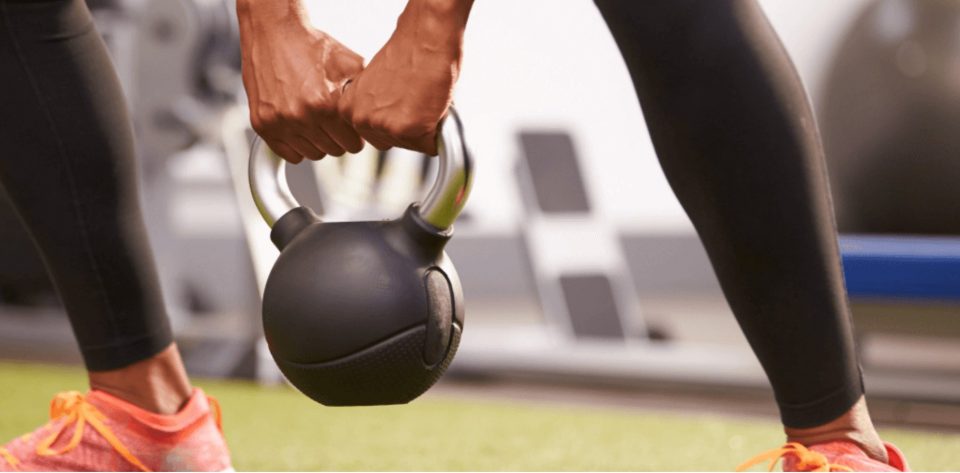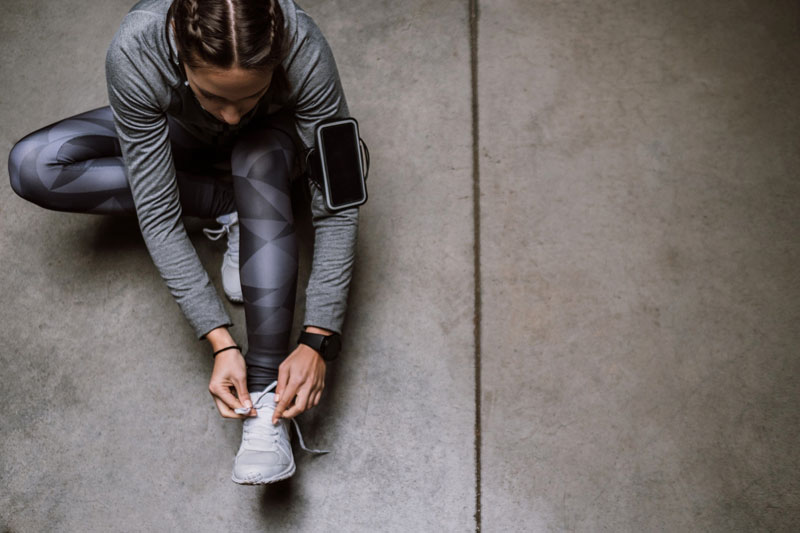A DEEPER LOOK INTO OSTEOGENESIS IMPERFECTA.
Commonly known as “Brittle Bone” disease affects about one in 15,000 people. The outcomes from the disease depend on the type of OI they have. The condition has been described long into history. The term “osteogenesis imperfecta” came to use in 1895 and means imperfect bone formation. A genetic disorder directly affecting the skeletal system and connective tissue in the body. In all types of Osteogenesis Imperfecta, the characterised symptoms vary widely from case to case, even within families. Symptoms can include, severe bone deformities – white/blue in the white of the eye – scoliosis – delayed motor skills.
Often some people affected with the disease may not experience any or little bone fractures or breaks and other individuals can experience multiple severe breaks with little apparent cause. In most instances, osteogenesis imperfecta types I, II, and IV are inherited. And some cases of osteogenesis imperfecta type II occur without any previous family history of the genetic disorder.
In relation to therapy, exercise and physical therapy programs have been proven highly beneficial in strengthening the surrounding muscles around the bones, increasing their weight bearing capacity, density and reducing the chance of fracture. Physical therapy aims to maintain functioning in as many aspects of life as possible. A usual program combines muscle strengthening with aerobic conditioning. Many children with Osteogenesis Imperfecta have delayed motor skills because their muscles are so weak. A physical rehab program can include strengthening of deltoids, biceps, and important lower muscles, such as the glutes, and trunk extensors. Strengthening these muscles can assist them in lifting their arms and legs and get around independently.
Physical exercise where there is little to no impact on the joints and minimal stress on the bones including EFX training where the body is put under cardiovascular – strength and resistance styled training can not only benefit and improve the effects of osteogenesis imperfecta, it can aid in giving people affected with the disease a better quality of life. Common among people affected with OI is the use of Physiotherapy used to strengthen muscles and improve motility in a gentle manner, while minimizing the risk of fracture. This often involves hydrotherapy, light resistance exercises, and the use of support cushions to improve posture. Individuals are encouraged to change positions regularly throughout the day to balance the muscles being used and the bones under pressure.







